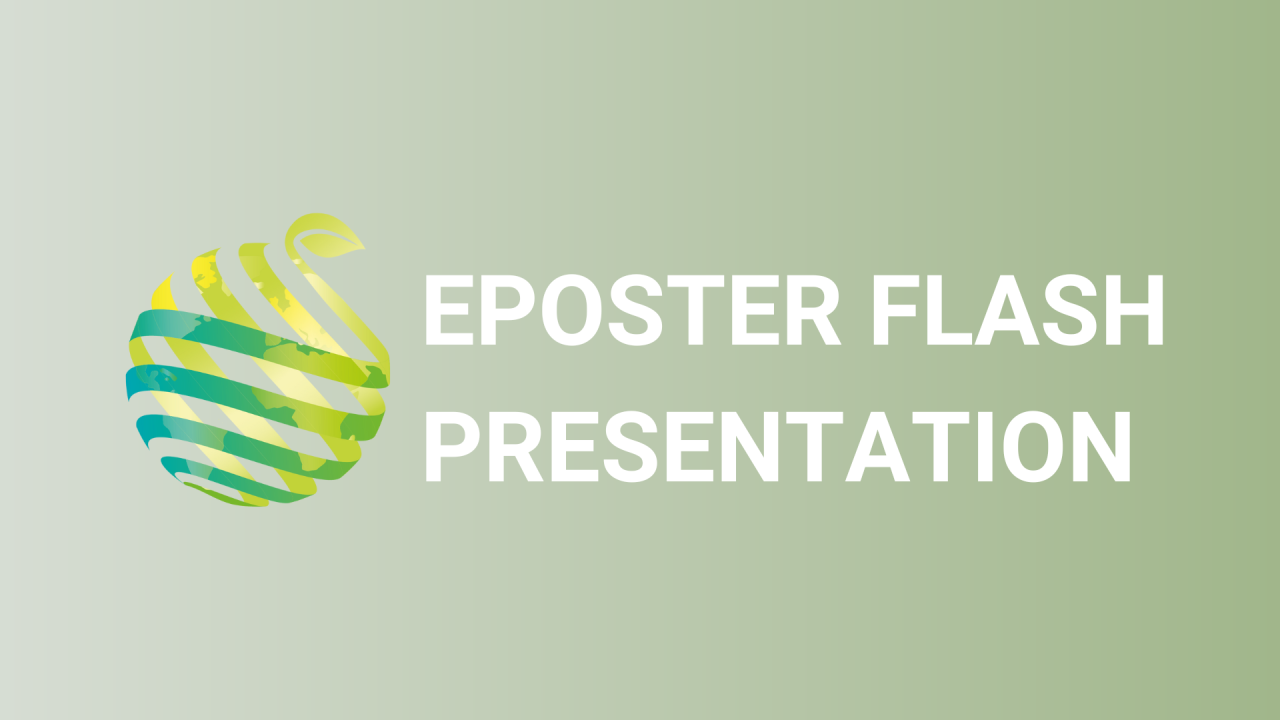

S01 - Session P3 - Primary structure of the XTH family gene members from Carica papaya
Information
Authors: Didiana Galvez-Lopez *, Raymundo Rafael Rodriguez-Dominguez, Miguel Salvador-Figueroa, Alfredo Vazquez-Ovando, Raymundo Rosas-Quijano
Mexican papaya is a tropical fruit of economic importance. Mexico is the center of origin and the main exporter of papaya fruits to the United States of America and Canada. The accelerated softening of fruit during ripening is one of the postharvest problems that limits its export. Softening is the result of hydrolysis of polysaccharides constituting the cell wall. The xyloglucan endotransglycosylases/hydrolases (XTH) enzymes are encoded by a vast family of genes that act on xyloglycan bonds attached to cellulose. Reports about the primary structure of coding XTH family genes, are not fully known, but this knowledge can help to understand the possible expression control and elements regulating these genes. The focus of the present research is the identification and the primary structure of the XTH family genes of C. papaya ( CpXTH ). The results showed that the entire family has high similarity in structure with XTH genes of other species. More than 30 regulatory elements and transcription factors were found in the regulatory regions of these conserved genes and domains. The structure of the enzymes was made up of three large glycosylase and hydrolase domains responsible for both actions of such enzymes. These results open new opportunities for studying the genetic control of softening in C. papaya fruit.